ExamMaster Corrections
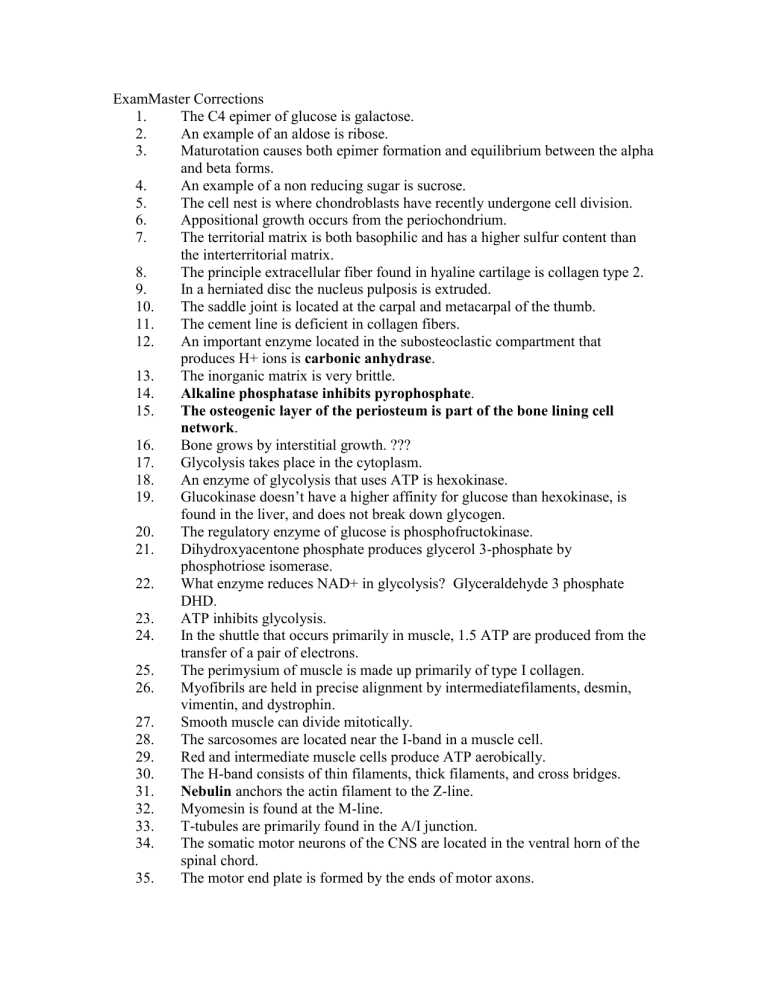
ExamMaster Corrections
1.
The C4 epimer of glucose is galactose.
2.
An example of an aldose is ribose.
3.
Maturotation causes both epimer formation and equilibrium between the alpha and beta forms.
4.
An example of a non reducing sugar is sucrose.
5.
The cell nest is where chondroblasts have recently undergone cell division.
6.
Appositional growth occurs from the periochondrium.
7.
The territorial matrix is both basophilic and has a higher sulfur content than the interterritorial matrix.
8.
The principle extracellular fiber found in hyaline cartilage is collagen type 2.
9.
In a herniated disc the nucleus pulposis is extruded.
10.
The saddle joint is located at the carpal and metacarpal of the thumb.
11.
The cement line is deficient in collagen fibers.
12.
An important enzyme located in the subosteoclastic compartment that produces H+ ions is carbonic anhydrase .
13.
The inorganic matrix is very brittle.
14.
Alkaline phosphatase inhibits pyrophosphate .
15.
The osteogenic layer of the periosteum is part of the bone lining cell network .
16.
Bone grows by interstitial growth. ???
17.
Glycolysis takes place in the cytoplasm.
18.
An enzyme of glycolysis that uses ATP is hexokinase.
19.
Glucokinase doesn’t have a higher affinity for glucose than hexokinase, is found in the liver, and does not break down glycogen.
20.
The regulatory enzyme of glucose is phosphofructokinase.
21.
Dihydroxyacentone phosphate produces glycerol 3-phosphate by phosphotriose isomerase.
22.
What enzyme reduces NAD+ in glycolysis? Glyceraldehyde 3 phosphate
DHD.
23.
ATP inhibits glycolysis.
24.
In the shuttle that occurs primarily in muscle, 1.5 ATP are produced from the transfer of a pair of electrons.
25.
The perimysium of muscle is made up primarily of type I collagen.
26.
Myofibrils are held in precise alignment by intermediatefilaments, desmin, vimentin, and dystrophin.
27.
Smooth muscle can divide mitotically.
28.
The sarcosomes are located near the I-band in a muscle cell.
29.
Red and intermediate muscle cells produce ATP aerobically.
30.
The H-band consists of thin filaments, thick filaments, and cross bridges.
31.
Nebulin anchors the actin filament to the Z-line.
32.
Myomesin is found at the M-line.
33.
T-tubules are primarily found in the A/I junction.
34.
The somatic motor neurons of the CNS are located in the ventral horn of the spinal chord.
35.
The motor end plate is formed by the ends of motor axons.
36.
Activation of acetylcholine receptors on the sarcolemma causes ligand gated
Na+ channels to open.
37.
Depolarization of the sarcolemma causes ryanodine receptors to change conformation.
38.
Immediately after the myosin binds to actin, an inorganic phosphate is released.
39.
The sarcoplasmic reticulum enzyme that acts as a calcium “sing” uses ATP.
40.
The secondary endings of efferent fibers terminate on nuclear chain fibers.
41.
Muscular dystrophy is an X-linked mutation.
42.
An example of a lipid containing isoprenes is dolichols.
43.
The fatty acid with lowest melting point is hexodecadienoate.
44.
Omega-3 fatty acids decrease platelet adhesion.
45.
Both ATP and CoA are used to form acyl-CoA.
46.
Carnitine is synthesized from lysine and methionine.
47.
CPT deficiency can be treated with a diet of medium chain triglycerides.
48.
8 FADH2 molecules are produced from the complete oxidation of stearate.
49.
120 ATP are produced from stearate after complete oxidation and the TCA.
50.
Zellweger syndrome is caused by a PXR1 gene mutation.
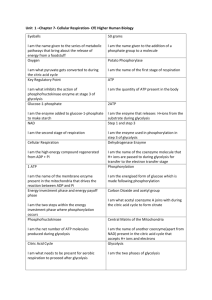

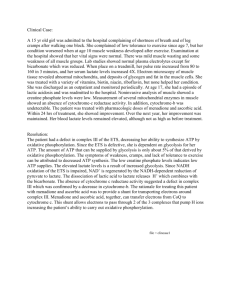
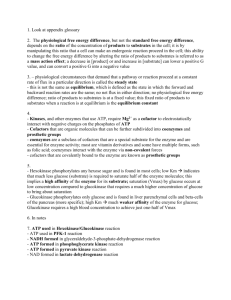


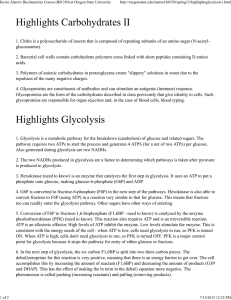

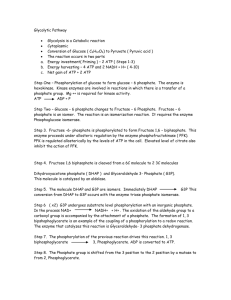

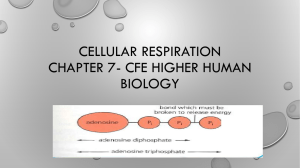

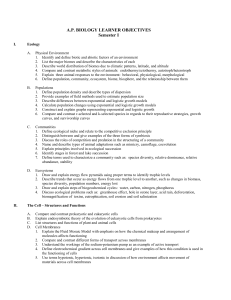
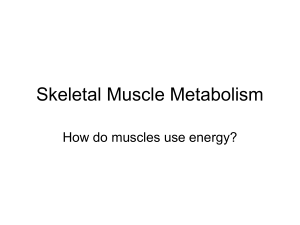

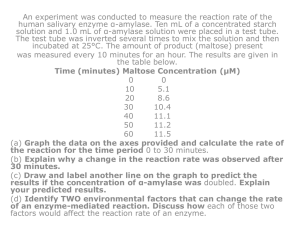
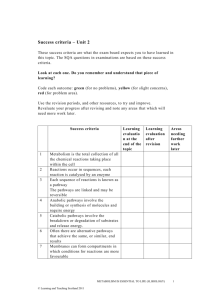
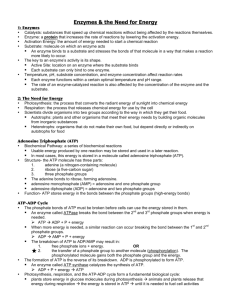
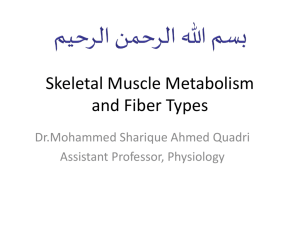
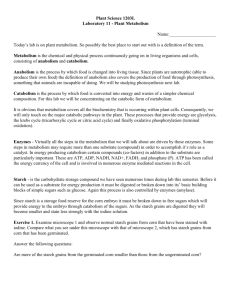
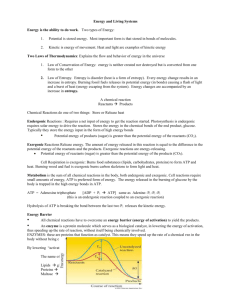
![Glycolysis [Compatibility Mode]](http://s3.studylib.net/store/data/008859259_1-9ef0a19be27f837279c2c11a9af05d2b-300x300.png)